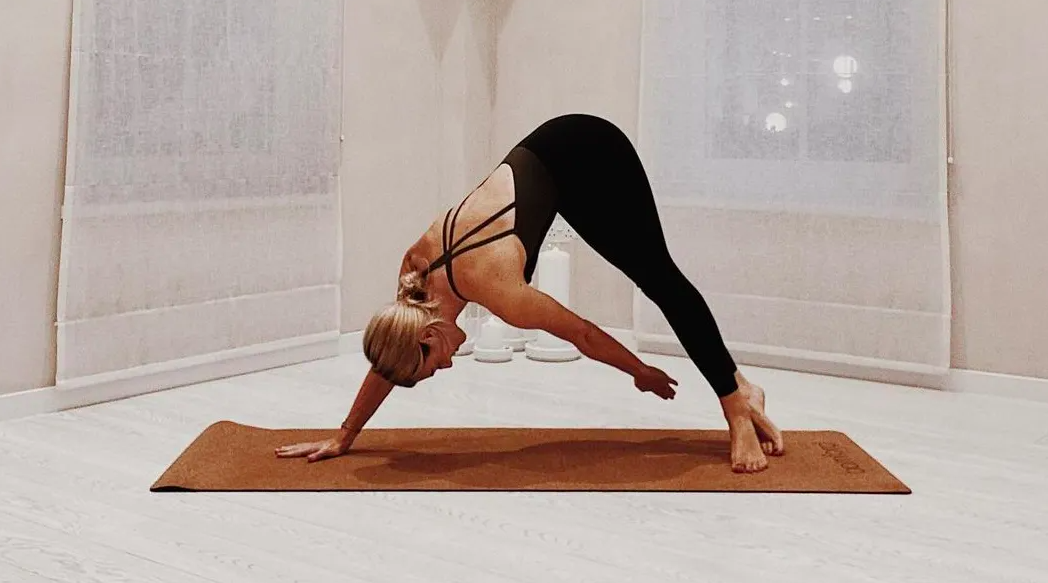
Pilates and yoga are both exercises that concentrate on the mind-body connection, and offer improved strength, better mobility and increased metabolism. However, their approaches and goals may differ, depending on what you’re searching for. If you are unsure which of the two you’d like to add to your workout routine, we’ve got you covered. Based off of experts’ knowledge, here’s everything you need to know.
Yoga is a 5,000-year-old wellness practice with an origin in Ayurveda. “Yoga is a way of life and works on the mind, body and soul. However, in yoga the focus is not just on the movement but also on perfecting that posture and holding it,” says yoga teacher Pragya Bhatt. However, “Pilates – developed in the 1920s – consists of moving through a slow, sustained series of exercises using abdominal control and proper breathing. It aims to strengthen the core, correcting posture and building confidence in every movement. With Pilates, the quality of each posture is given priority over repetition. As the spine is vital for all mobility, this support is, in essence, the workhorse of the inner core,” says Chaiyong Wongtungcharoensuk, fitness manager, Chiva-Som.
“Yoga is made up of achieving a series of static postures, whereas with Pilates you will be challenged to start in unstable postures and adjust your limbs to achieve strength and stability,” says Wongtungcharoensu. “Of the two, Pilates tends to be a bit more fast-paced than yoga,” explains fitness trainer and yoga teacher, Megha Kawale.
Though mat Pilates can be done sans equipment, most in-person fitness classes choose to incorporate exercise on the reformer, chair or rings. Pilates tends to be more focused on moves practiced on ground versus standing poses, and there is an emphasis on training the core in short sets. Yoga, on the other hand, focuses on balance, twisting and pushing your body to its maximum flexibility, and in many poses, you’re likely upright. The core is also used in yoga, but you’re usually unlikely to count or work in sets.
“With yoga, you can really build flexibility,” says Kawale. Flexibility is the ability to move muscles and joints through their full range. Poses held for extended time serve to make a deep connection to the muscle tissue, urging it to relax and open up because it allows you to get into the connective tissues and improve range of motion. Because yoga often includes particular balancing exercises (like poses where you stand on one leg), it may be more beneficial for balance.
“Pilates is better equipped to speed and strengthen recovery processes,” says Kawale. Slower, controlled practices work to rehab specific injuries by using targeted postures. “When you do Pilates, all the muscles in your body are worked, but you don’t feel sore or hurt,” she says. Your range of motion may be improved and any overcompensation from one side of the body to the other can be corrected through the practice as well.
Yoga’s focus on mindfulness and breathwork helps yogis improve their mental and emotional health. Research suggests that this practice is great for anxiety and depression, too. The mind, body and spirit are meant to be combined by yoga, so the spiritual and meditative aspects of the practice can be a large boost, explains Kawale.
beauty beauty trends celebrities celebrity news christmas christmas movies coffee dating fall fashion fashion fashion designers fashion trends fashion week fitness hailey bieber hair trends halloween harry potter health Instagram Justin Bieber kate middleton King Charles meghan markle mental health milan fashion week movies music netflix new york city paris paris fashion week pregnancy prince harry princess diana prince william relationships royal family royals skincare street style television travel valentine's day wellness